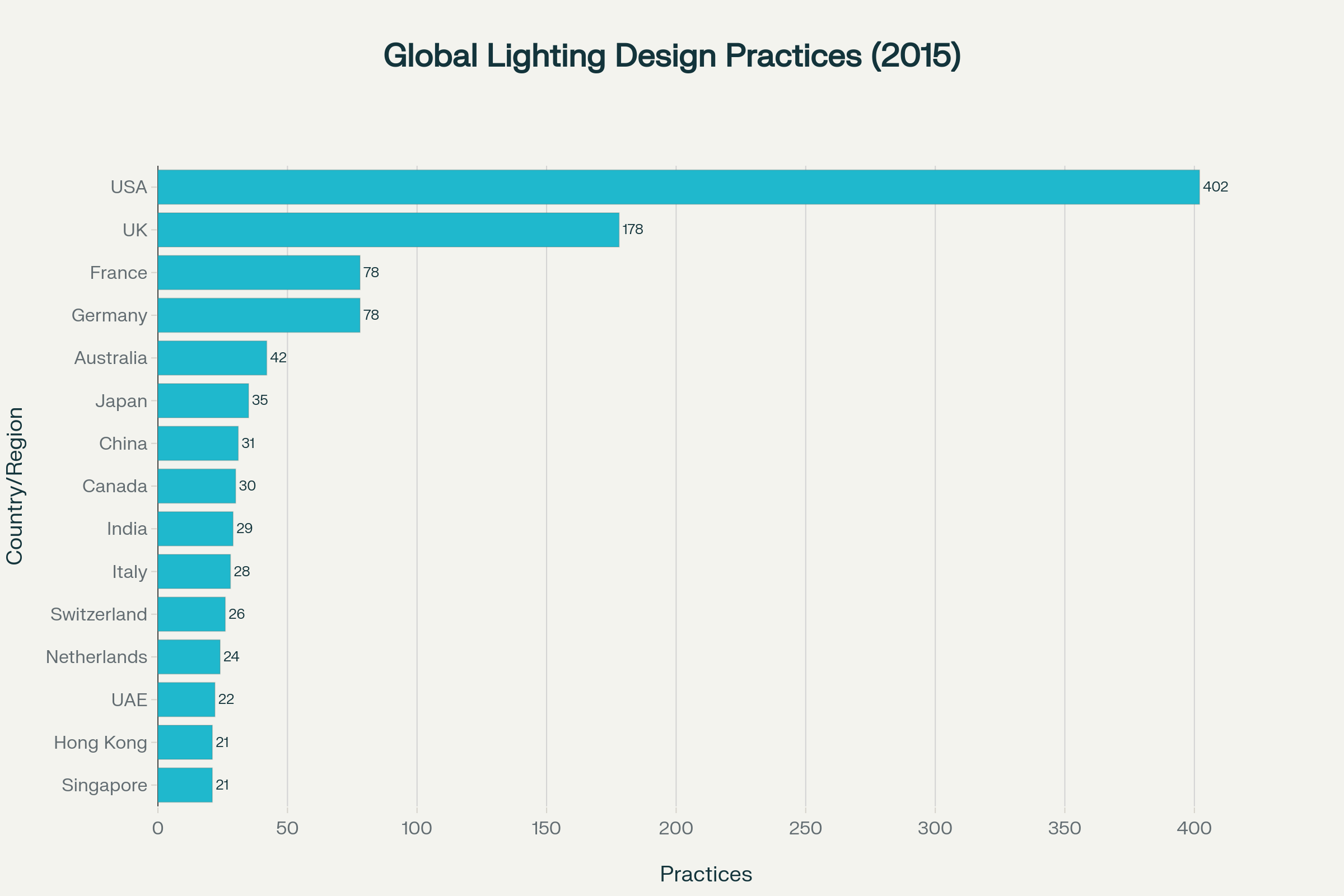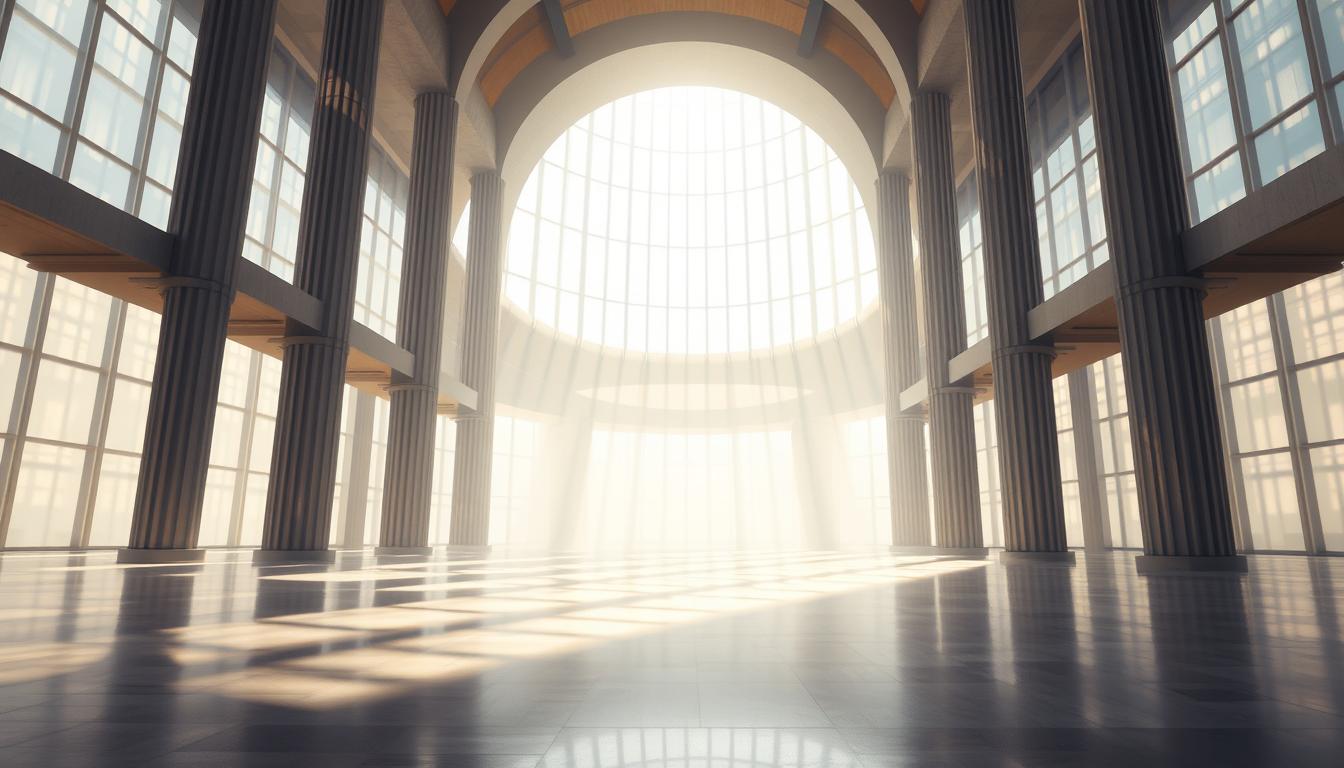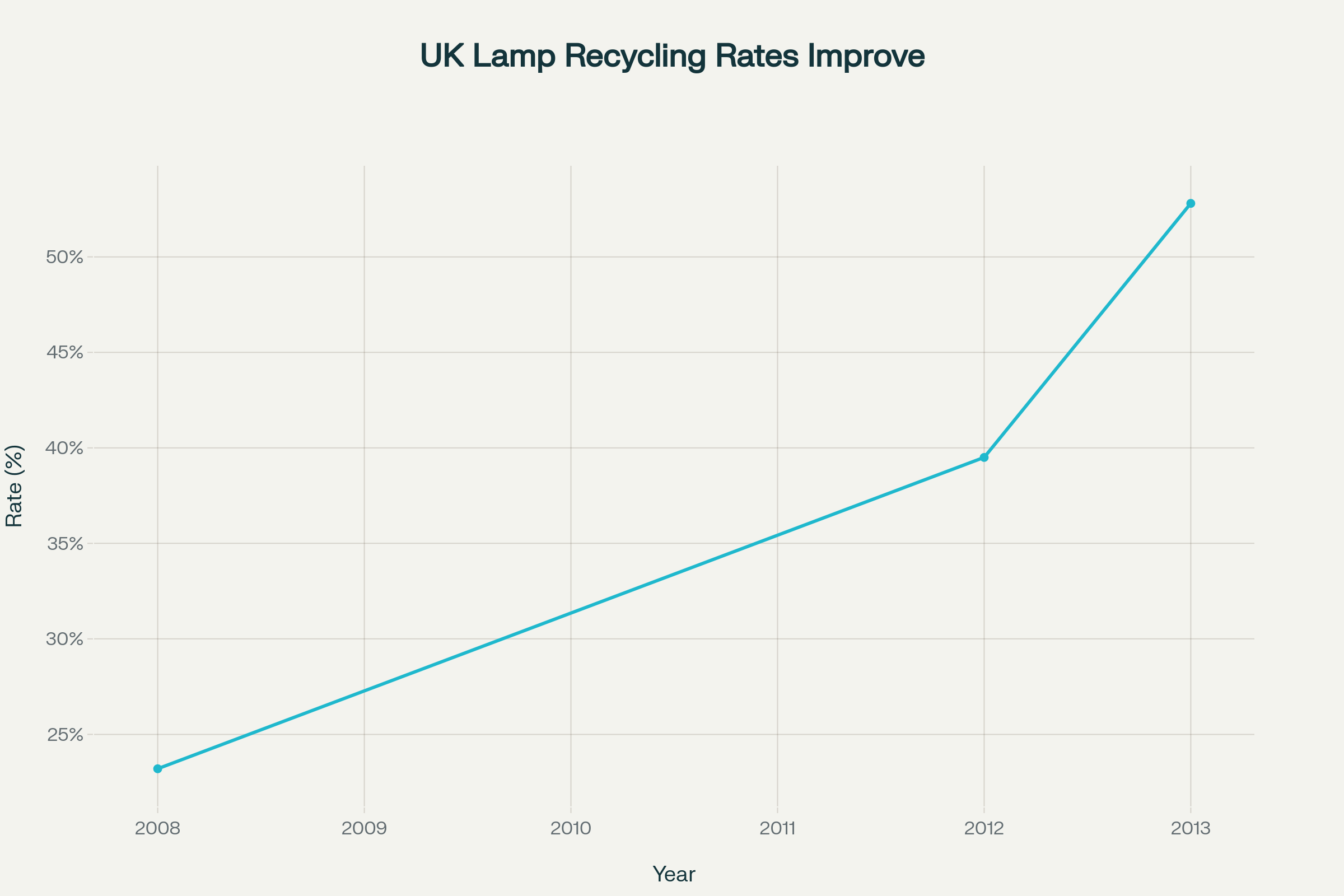Hotel Lighting Calculator
Our interactive hotel lighting guide calculates savings instantly by switching to energy-efficient LED lighting across your hotel spaces. Perfect for hotel owners, facility managers, and sustainability leads.
Hotel LED Lighting Savings Calculator
Estimate your hotel's energy savings by switching to LED lighting solutions
Annual Savings
£---
Payback Period
-- months
CO₂ Reduction
-- kg
Annual Energy Cost Comparison
£---
Current Lighting
£---
LED Solution
Hotel Lighting Products
-
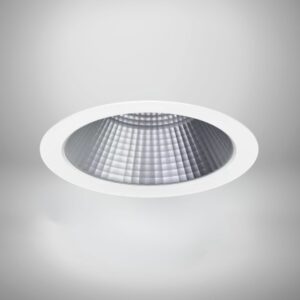
Void 17
Read more -
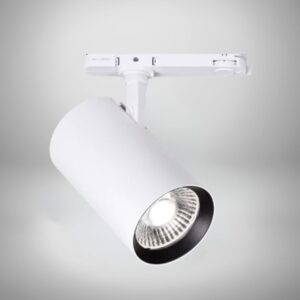
Vantage 26
Read more -
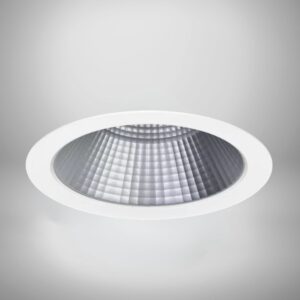
Napoleon 16
Read more -
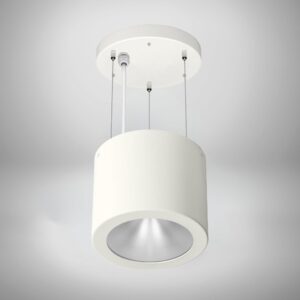
Suspend-Pro 15
Read more -
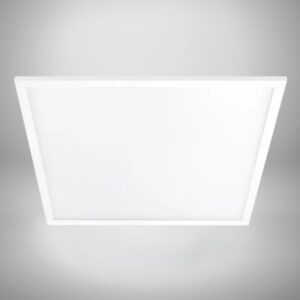
Edge-Lite 20
Read more -
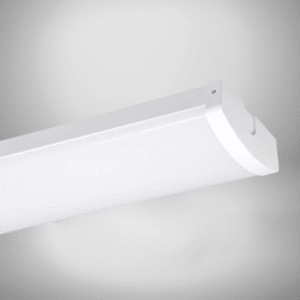
Uni-Fit 21
Read more -

Solaris 13
Read more -
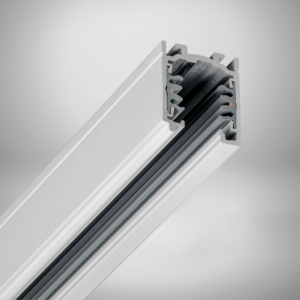
Stucchi Track Lighting
Read more -
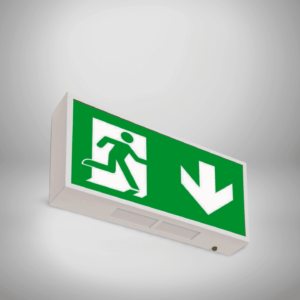
Mark 005 Exit Sign
Read more -
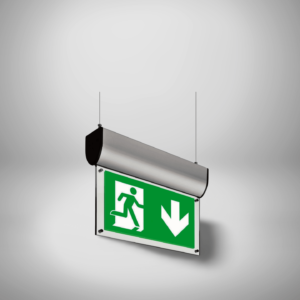
Clear 004 Exit Sign
Read more -
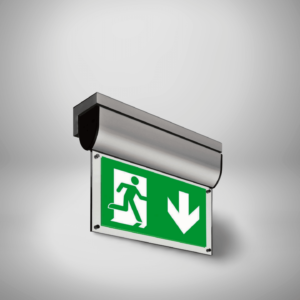
Wall 003 Exit Sign
Read more -
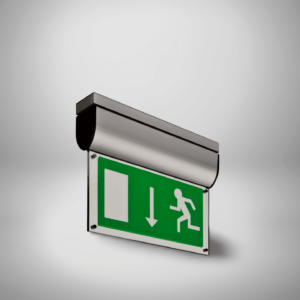
ExitWay 002 Exit Sign
Read more -
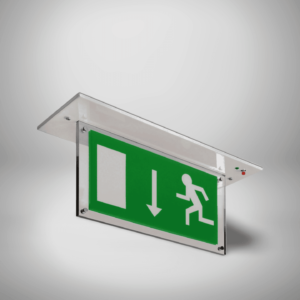
SureExit 001
Read more -
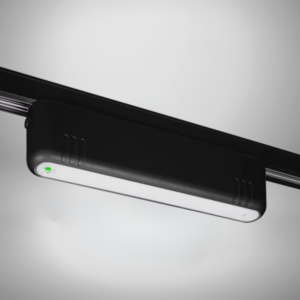
Safe Emergency
Read more -
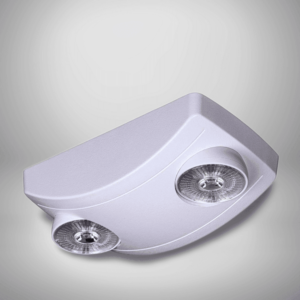
Beam Emergency
Read more -
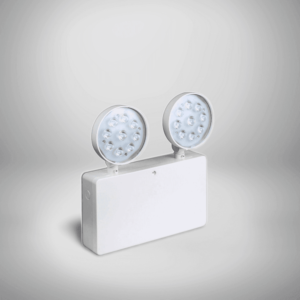
Guard Emergency
Read more
AI-DRIVEN Specification for the 21st century
Use AI to Find the Right Downlight Spotlight Batten Exit Sign Lightline Panel Bulkhead For Your Project 300% Faster
You can ask for anything, and it will search through every possible combination of products that match your specification.
Here are a few examples:
“Give me a downlight with an 80mm cut out”
“Match the attached spec with your products”
“I’m looking for a RAL9016 downlight that’s DALI dimmable”
It’s also trained on general international lighting standards and emergency lighting compliance.
Hospitality Lighting Blog

Office Lighting
Energy Efficient Lighting: How Much Can LED + Controls Save in Offices, Schools & Retail
Learn More »
October 14, 2025

Sustainable lighting
Reducing Lighting E-Waste: Sustainable Design, Remanufacturing & Closed-Loop Luminaires
Learn More »
October 14, 2025
